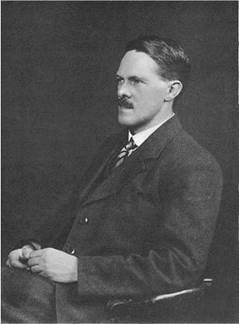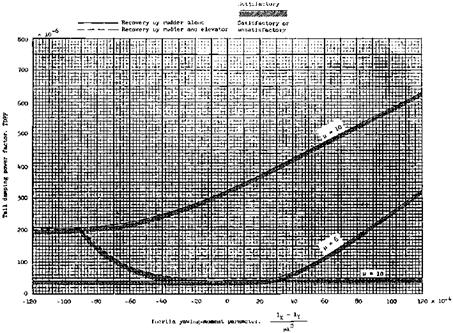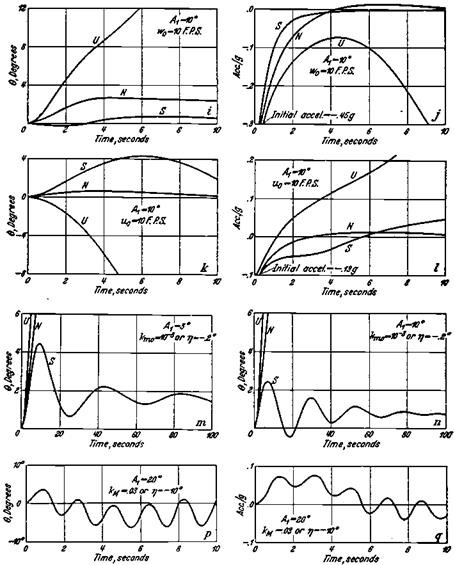Aileron-Reversal Flight Experiences
The World War II Japanese Zero fighter airplane had very low roll performance at high airspeeds, due to wing twist. U. S. combat pilots took advantage of this weakness. They avoided circling combat and established high-speed, single-pass techniques. At high airspeeds, the roll rates of the U. S. airplanes could not be followed by the Zeros, which were operating near their aileron-reversal speeds.
The role of aileron reversal due to torsional flexibility on missions of the Boeing B-47 Stratojet is mentioned in Chapter 3, “Flying Qualities Become a Science.” Boeing engineers attempted to deal with the roll reversal problem when designing the B-47 (Perkins, 1970). They knew there was a potential roll reversal problem since the B-47’s wing tips deflected some 35 feet between maximum positive and negative loads. Using the best approach known at the time, strip integration, torsional airloads were matched to stiffness along the wing span. This method predicted an aileron-reversal speed well above the design limit speed. Unfortunately, this approach didn’t take into account wing bending due to aileron loads. Wing bending on long swept wings results in additional twist. The actual aileron-reversal speed turned out to be too low for low-altitude missions. Quoting from Perkins’ von Karman lecture:
A complete theoretical solution to the problem was undertaken at the same time [as the strip method application] and due to its complexity and the lack of computational help, arrived at the right answer two years after the B-47 first flew. A third approach to the problem was undertaken by a few Boeing experimentalists who put together a crude test involving a makeshift wind tunnel and a steel sparred balsa wood model that was set on a spindle in the tunnel with ailerons deflected and permitted freedom in roll. The tunnel speed was increased until the model’s rate of roll started to fall off and then actually reverse. This was the model’s aileron reversal speed and came quite close to predicting the full-scale experience. The test was too crude to be taken seriously and again results came too late to influence the design of the B-47.
According to William H. Cook, the B-47 not only had excessive wing torsional deflection due to aileron forces, but also slippage in the torsion box bolted joints. The wings would take a small permanent shape change after every turn. These problems led to a test of spoiler aileronsona B-47, although the production airplane wasbuilt with normal flap-type ailerons.














